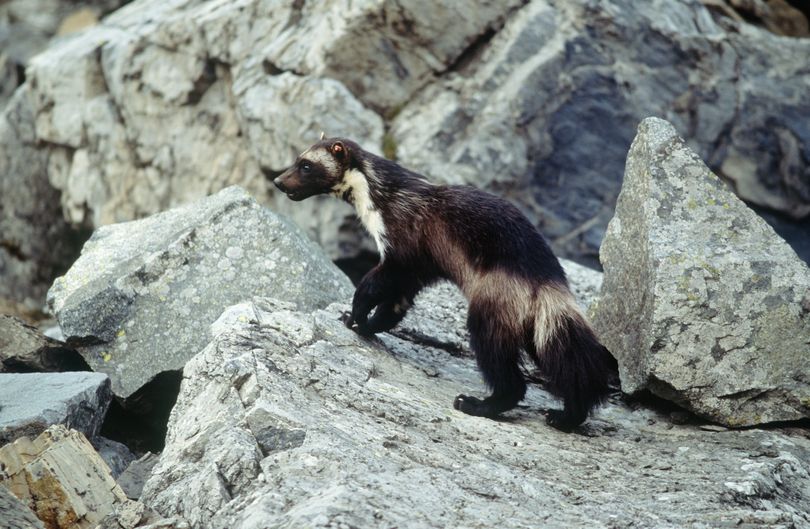Wildlife groups sue for wolverine protections

ENDANGERED SPECIES -- Making it three-in-a-row posts on environmental lawsuits --- a coalition of advocacy groups today challenged the government’s denial of federal protections for the snow-loving wolverine, filing a lawsuit that contends officials ignored evidence a warming climate will eliminate denning areas for the so-called “mountain devil.”
The two previous posts covered:
- Public has obligation to pick up tab for environmental lawsuits?
- Idaho sage grouse ruling eyed for lawsuits elsewhere
Here's the rest of the wolverine story filed today by Matthew Brown of the Associated Press in Billings:
An estimated 250 to 300 wolverines survive in the Lower 48 states. The elusive but ferocious members of the weasel family raise their young in deep mountain snowfields that many scientists say could be at risk of disappearing as the climate changes.
After proposing protections for the species last year, the U.S. Fish and Wildlife Service in August abruptly reversed course. Fish and Wildlife Director Dan Ashe said at the time there was too much uncertainty in computer climate change models to justify protections.
Monday’s lawsuit charges that the agency acted illegally by ignoring the best available science on wolverines. It was filed in U.S. District Court in Missoula by attorneys for Earthjustice representing eight wildlife advocacy groups.
The lawsuit names as defendants the U.S. Fish and Wildlife Service, agency director Dan Ashe and Interior Secretary Sally Jewell.
Interior spokeswoman Jessica Kershaw said it is agency protocol not to comment on pending litigation.
Some wolverine researchers have predicted that almost two-thirds of the species’ denning habitat will disappear by 2085.
The case carries potential ramifications for other species affected by climate change — including Alaska’s bearded seals, the Pacific walrus and dozens of species of corals — as scientists and regulators grapple with limits on computer climate models.
Once found throughout the Rocky Mountains and in California’s Sierra Nevada mountain range, wolverines were wiped out across most of the U.S. by the 1930s due to unregulated trapping and poisoning campaigns.
In the decades since, they largely have recovered in parts of the West, but not in other parts of their historical range.
They are currently found in portions of Montana, Wyoming, Idaho and Oregon. Individual wolverines have been documented in Colorado and California, but there has no evidence of breeding populations in those states.
Larger populations of wolverines live in Alaska and Canada. Those animals were never proposed for federal protection.
